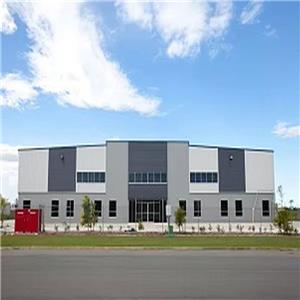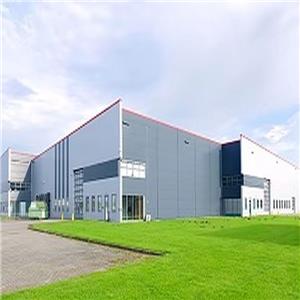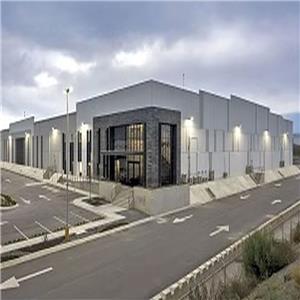How to Keep Your Steel Structure Rust-Free — Real Tips That Work
You know, when most people talk about building a steel structure, the conversation usually starts with design, load capacity, and cost. But let me tell you—if you’ve ever walked around a coastal site or an industrial yard during the rainy season, you’ll know that rust is just as important. It doesn’t just make a steel structure look old—it slowly weakens the frame, shortens its lifespan, and can lead to repair bills that make you wince.
I remember visiting a warehouse in Southeast Asia not long ago. The steel structure frames had been up for over a decade. Mr. Tan, the site manager, pointed to a beam and laughed. “We touched this up last year,” he said. “The salt air is brutal, but the steel structure still looks brand new.” Honestly, it wasn’t magic. It was the right anti-corrosion treatment from day one, plus a maintenance routine they actually followed.
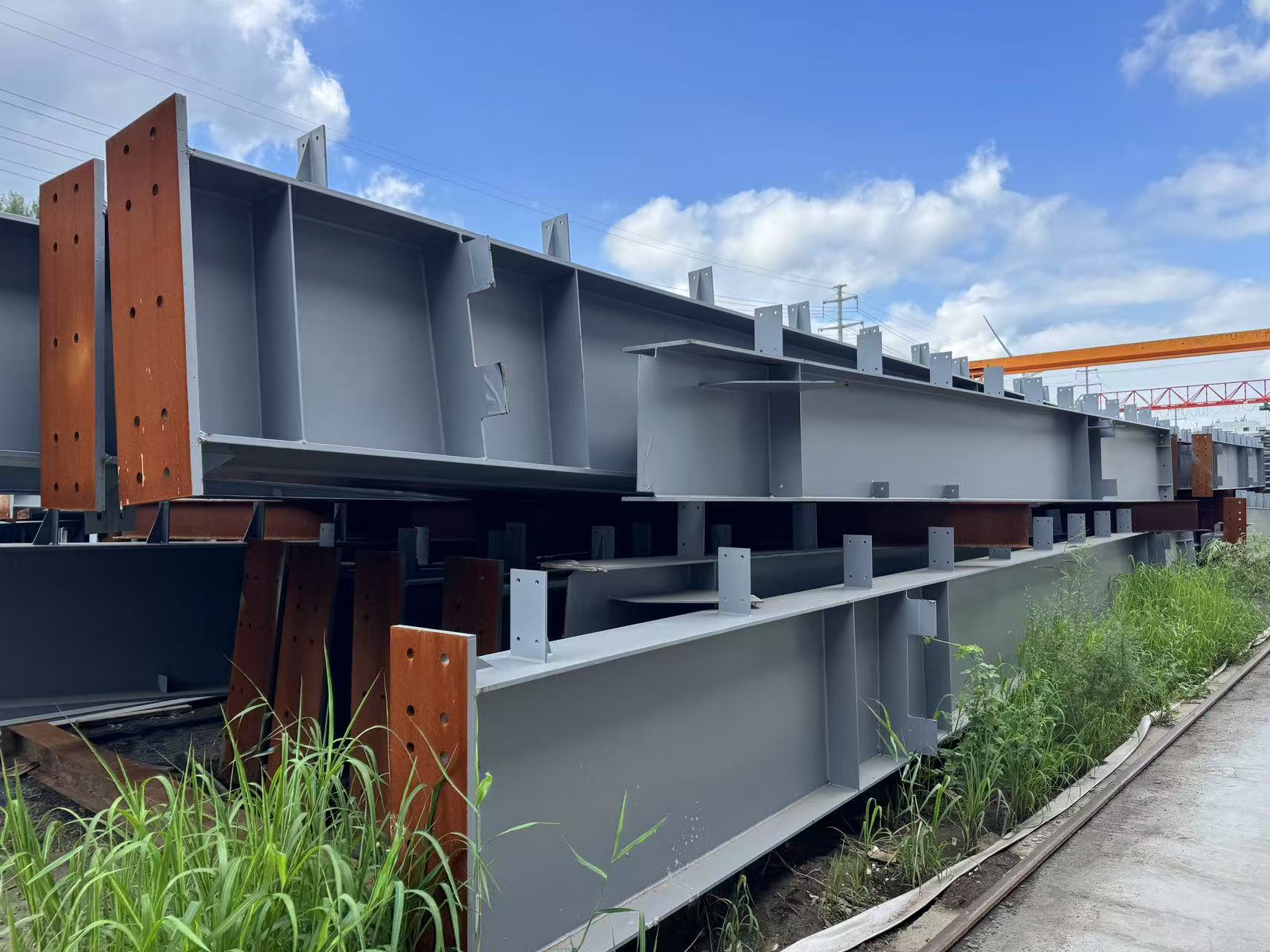
Step One: Pick the Right Steel and Coating
Preventing rust starts way before the first beam is lifted. You need steel that suits your environment. Galvanized steel works great in humid climates, while certain alloys perform better in industrial areas. Then comes the coating. Hot-dip galvanizing, zinc-rich primers, or multi-layer paints all act like armor for your steel structure frame. Skip this step, and even the first rain can start corrosion.
I once saw a small warehouse where the steel structure had been exposed for a few weeks before coating—tiny rust spots already appeared. Small problem? Not really. Rust spreads fast, and it only gets worse if ignored.
Step Two: Smart Design Matters
Designing a steel structure isn’t just about looks or structural integrity. Drainage, joint shapes, and overlap points matter for rust prevention. Water can hide in the tiniest gaps. That’s why engineers add slopes, smooth joints, and proper ventilation. One client, building a fish farm shed in Chile, specifically requested smooth joints after seeing other sheds where water pooled in corners. That little design tweak made a huge difference.
Step Three: Maintenance Isn’t Optional
Even a perfectly coated steel structure needs attention. I’ve visited sites where owners skipped inspections—minor scratches turned into stubborn rust patches, and part of the steel structure frame had to be replaced. Compare that with another project where the client scheduled yearly touch-ups—the frame looked almost untouched after 15 years. Like he told me: “Repainting is just part of the budget, like heating in winter. It keeps everything working perfectly.”
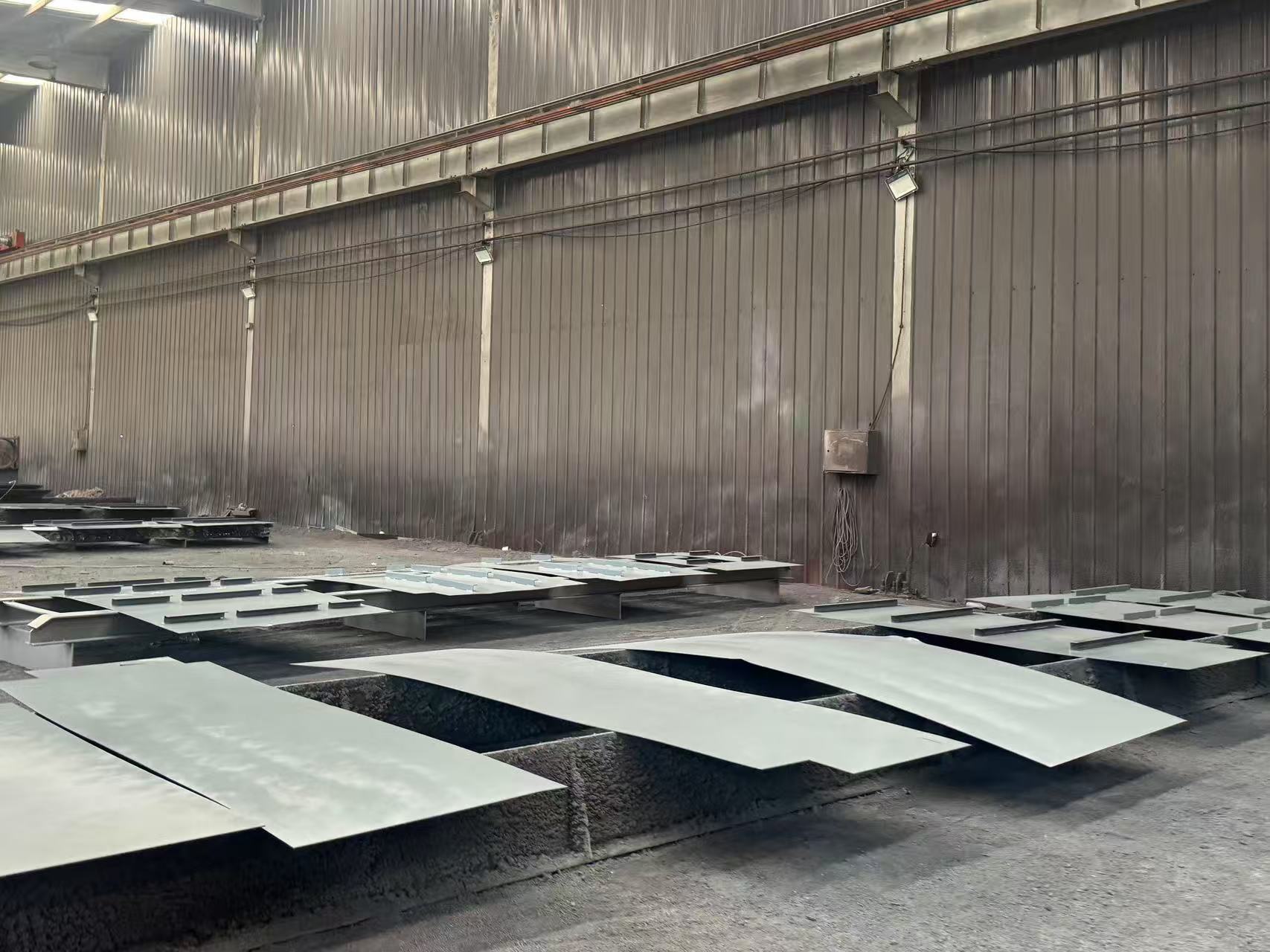
Real-Life Example: Chilean Fish Farm
We recently worked with a fish farm owner near the Chilean coast. He needed a steel structure shed for tanks and worried about salty air. We suggested hot-dip galvanized steel plus a polyurethane topcoat. All bolt connections were sealed carefully. Six months later, I visited the site, and the shed gleamed. He laughed, “I honestly thought some rust would appear by now, but not a single spot.” That’s the result of getting rust protection right from day one.
Why Rust Prevention Is Crucial
Whether it’s a small workshop or a huge logistics hub, rust prevention is part of the steel structure’s design, not an afterthought. Ignore it, and it’s like building a house without a roof. The upfront savings are tempting, but you’ll pay later. Using the right materials, coatings, smart design, and regular maintenance ensures your steel structure stands the test of time—strong, safe, and visually appealing for years.
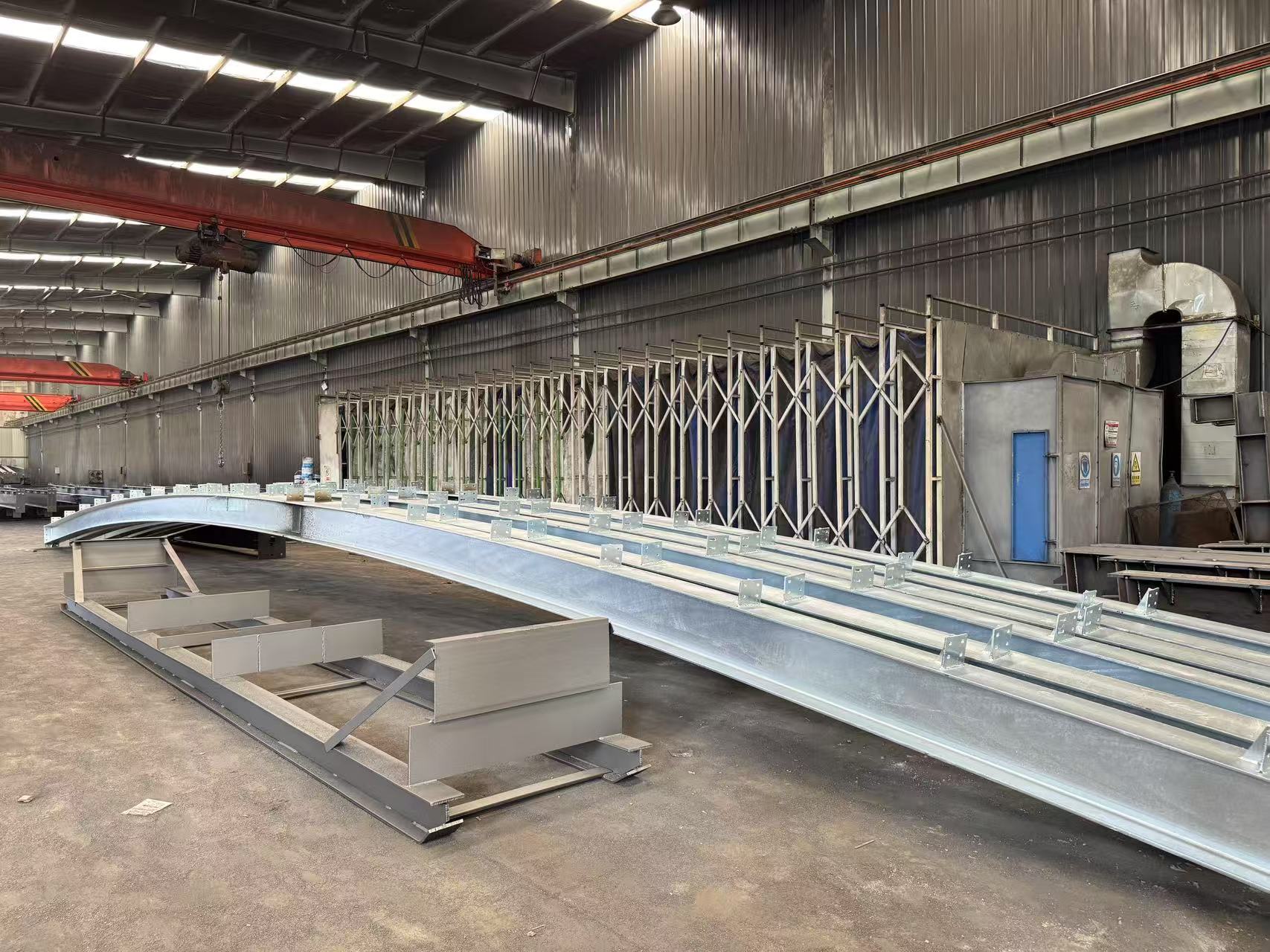
Questions to Ask Before You Build
When planning a steel structure project, ask your supplier:
Which anti-corrosion method fits my site best?
How long will the coating last before needing touch-ups?
Do you provide a maintenance guide for the steel structure frame?
A steel structure is more than just metal—it’s an investment in strength, safety, and longevity. Protecting it from rust is simply protecting your investment. Trust me, a little extra care at the start saves you thousands and countless headaches down the line.

